In the world of global shipping, especially for Amazon FBA sellers and businesses shipping from India to the USA, choosing the right shipping method is crucial. Many inquire about sea freight due to its perceived cost advantages. However, for small shipments, air freight or courier services often prove to be a smarter choice. Here’s why air and courier modes are typically better than sea freight for smaller orders.
Key Cost Factors Affecting Shipping Choices
1. Transport Costs from Factory to Port
For small shipments, the base transport cost from the factory to the origin sea port, such as Mumbai, is around $100. This applies to both sea and air freight, but it becomes a significant expense for smaller shipments where every cost matters. Sea freight may initially seem cost-effective, but these fixed costs make it less economical for smaller volumes.
2. Destination Port to Customer Warehouse (Trucking Costs)
Sea shipments incur substantial trucking fees when the goods arrive at the destination port in the USA. Depending on the distance, these fees can range from $600 to $1000. For small shipments, this added cost can outweigh the savings from choosing sea freight, as every dollar counts for smaller orders.
3. Customs Clearance Costs
Customs clearance costs vary significantly between air, sea, and courier shipments:
- Air Freight: Minimum customs clearance cost is around $100.
- Sea Freight: Minimum customs clearance cost is approximately $300, often three times higher than air.
- Courier Shipments: Clearance fees are even lower, typically about $50.
For small shipments, these extra fees with sea freight can quickly accumulate, making it a less appealing option.
4. Customer-Responsibility for X-Works Shipping
For large shipments, origin port costs are usually covered by the shipper, but with smaller shipments, customers often bear these expenses. This can lead to high sea freight costs for small orders, as customers have to handle additional trucking and customs fees.
5. Weight and Volume Considerations
Shipping charges vary by method and volume:
- Air and Courier Shipments: Billed based on either actual weight or volumetric weight, ensuring you only pay for the space your goods occupy.
- Sea Shipments: Charged based on cubic meters (CBM). The minimum chargeable volume is typically around 1 CBM, which can lead to inflated costs for small shipments that don’t meet this threshold.
Why Air or Courier Shipments Are Better for Small Orders
- Courier Mode: Ideal for door-to-door service from India to the USA with mostly flat rates. Additional fees may apply for remote areas, but this remains cost-effective for shipments between 30kg to 70kg.
- Air Freight: Best suited for shipments from 70kg to 150kg. While trucking fees from the airport to the customer’s warehouse are added, air freight is often still more economical for small shipments due to faster transit times and fewer hidden charges.
Special Shipping Plan for Amazon FBA Deliveries with CBM Ship
CBM Ship offers a consolidated LCL shipping plan specifically for Amazon sellers who need deliveries to east coast Amazon warehouses in the USA. With sea shipping rates starting at $400, this service includes door delivery to Amazon warehouses along with destination customs clearance. For more details, feel free to reach out to us at info@cbmship.com.
Conclusion
For small shipments (30kg to 150kg), air and courier services are often more cost-effective and efficient than sea freight. With reduced customs clearance costs, lower trucking fees, and faster delivery, air and courier modes are ideal for businesses shipping smaller quantities.




Comments are closed